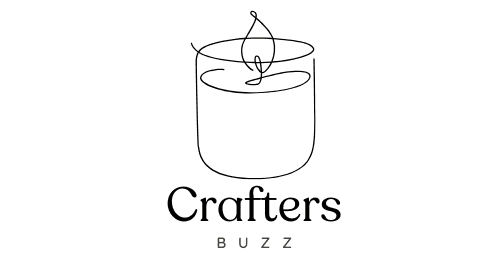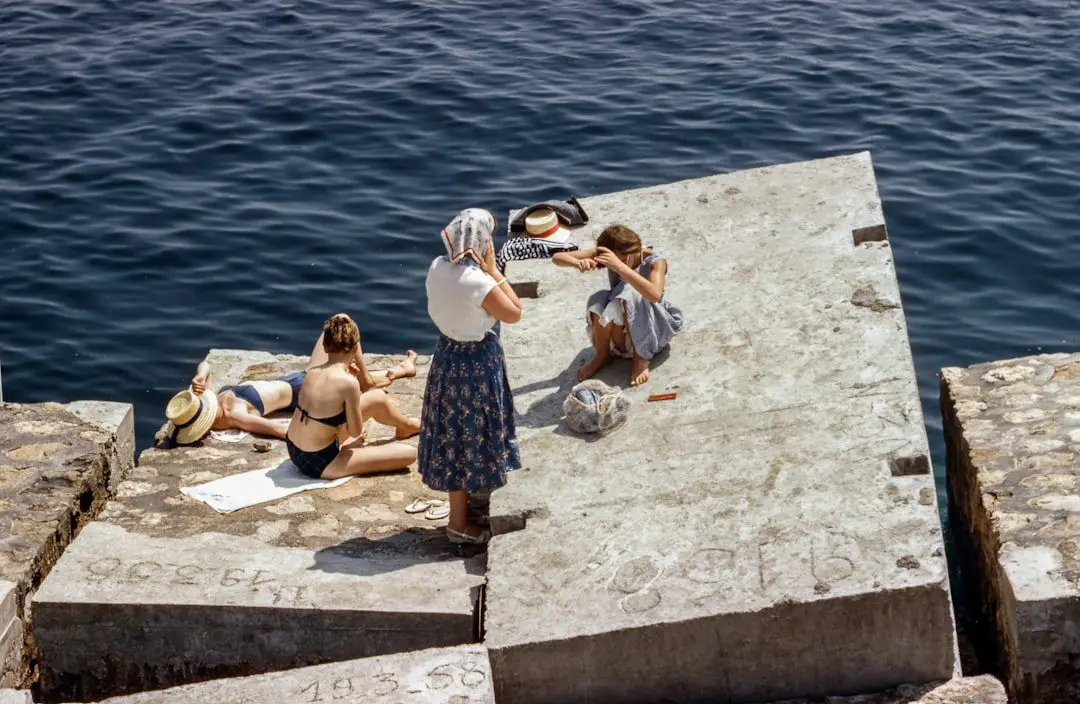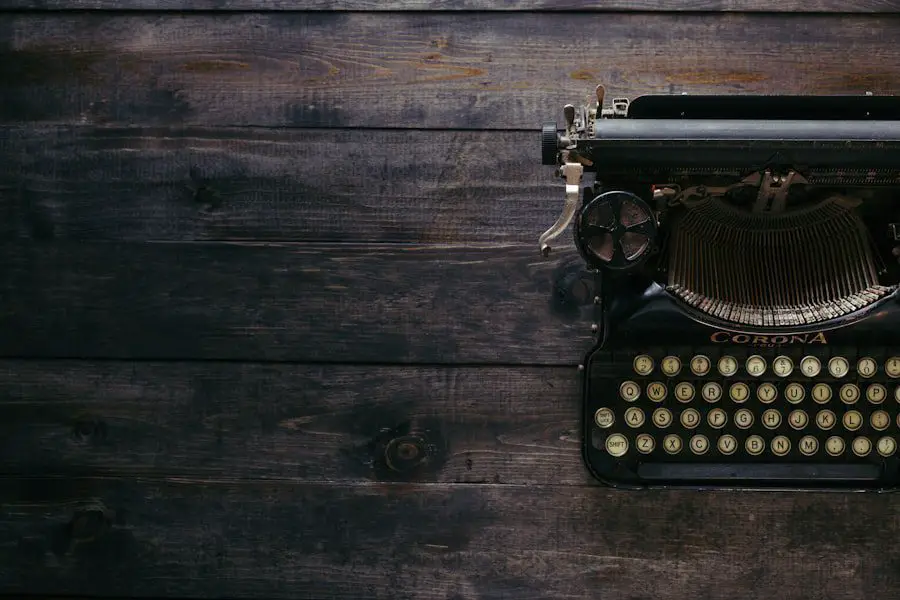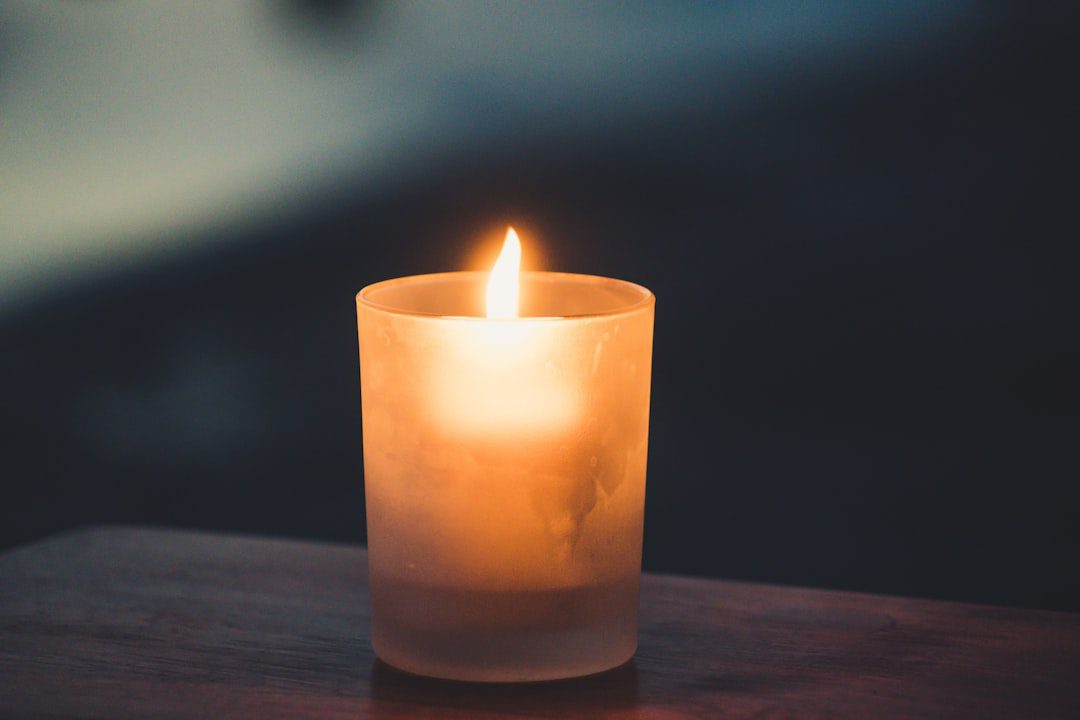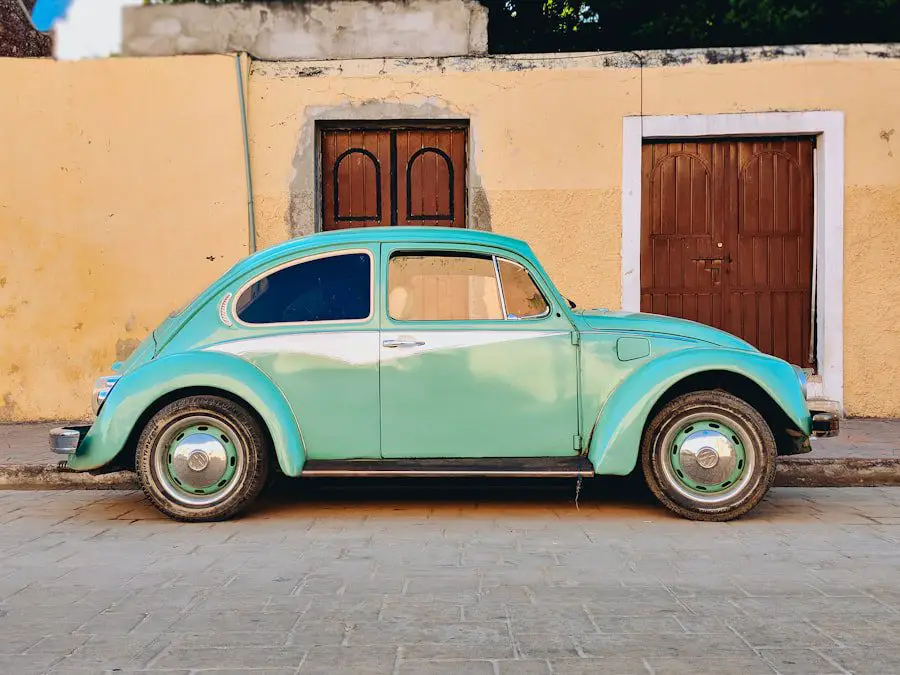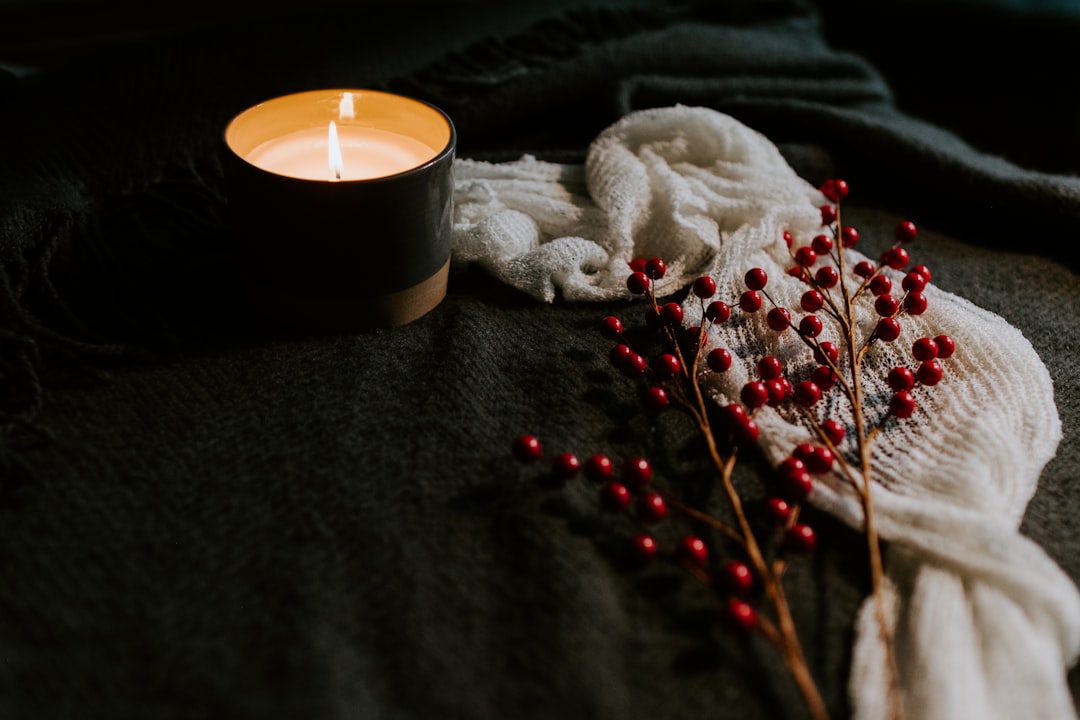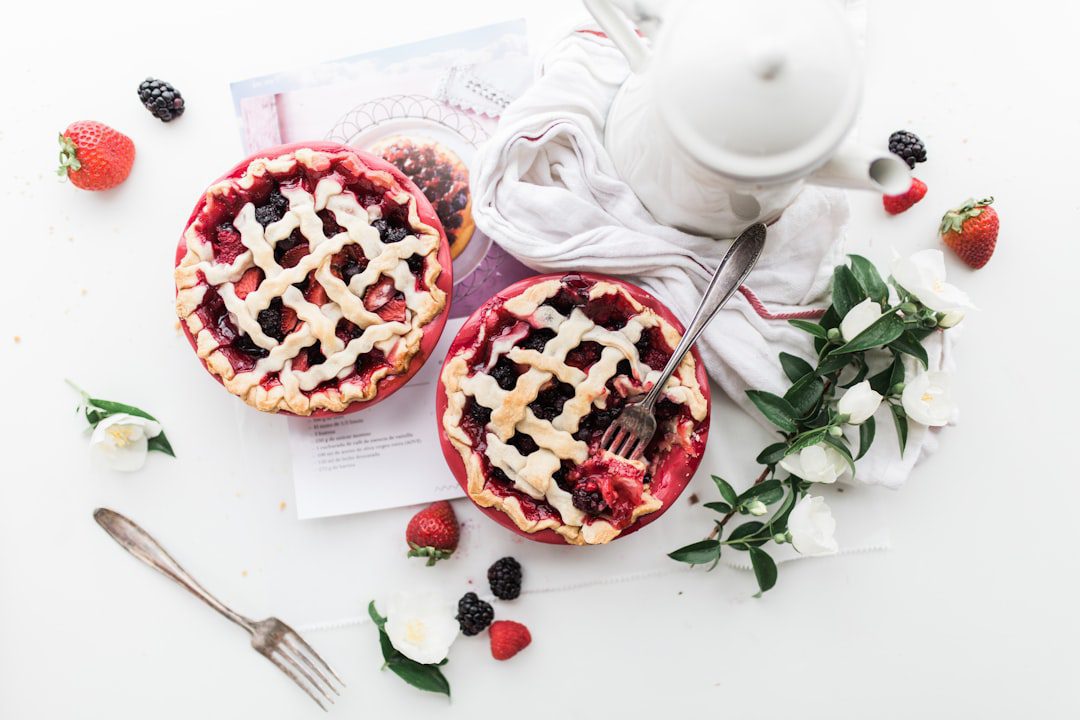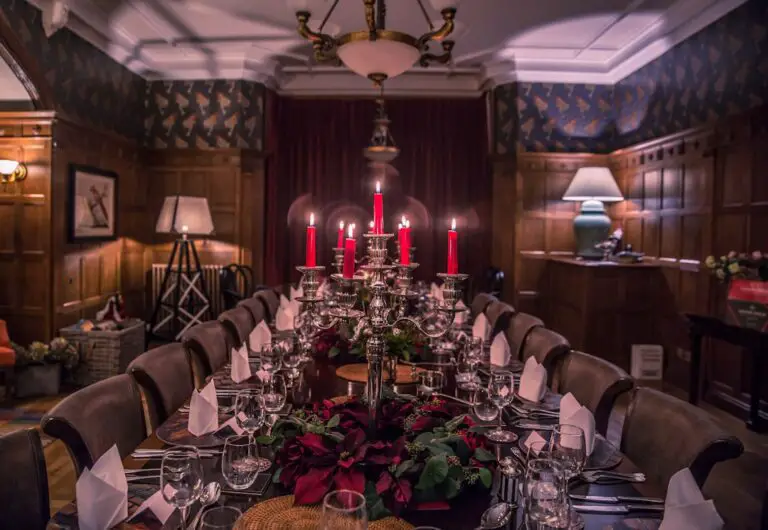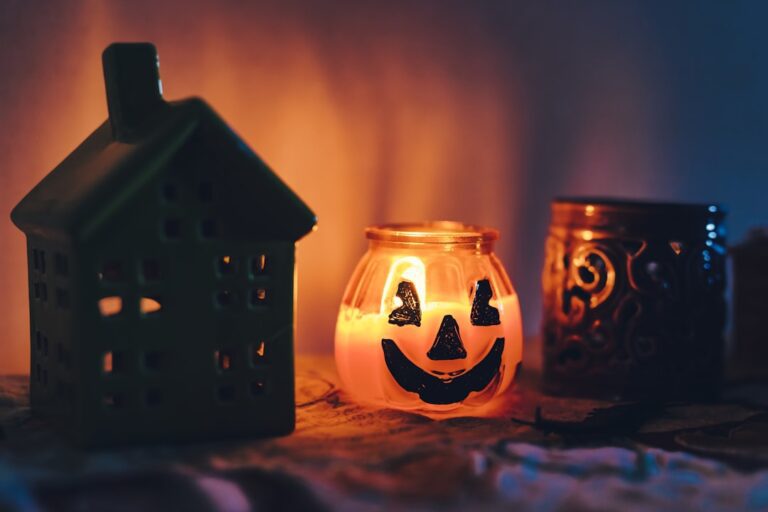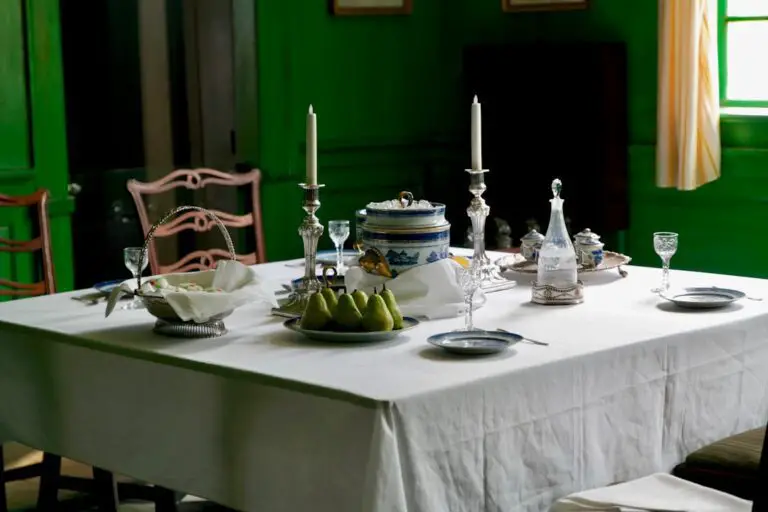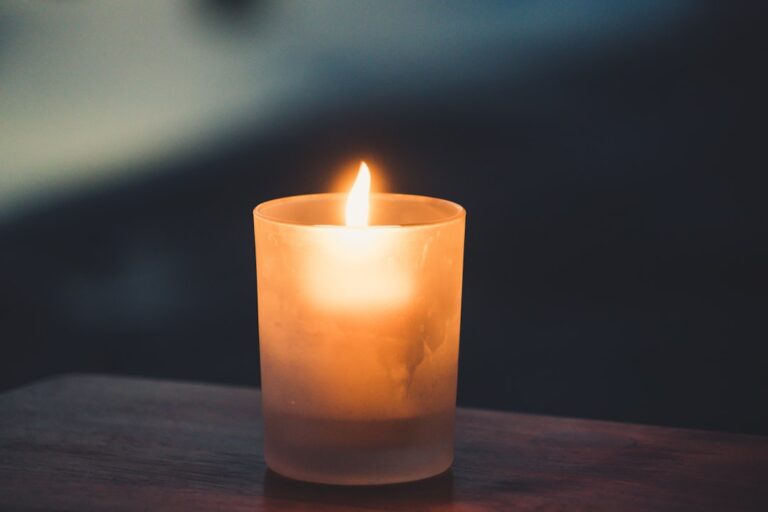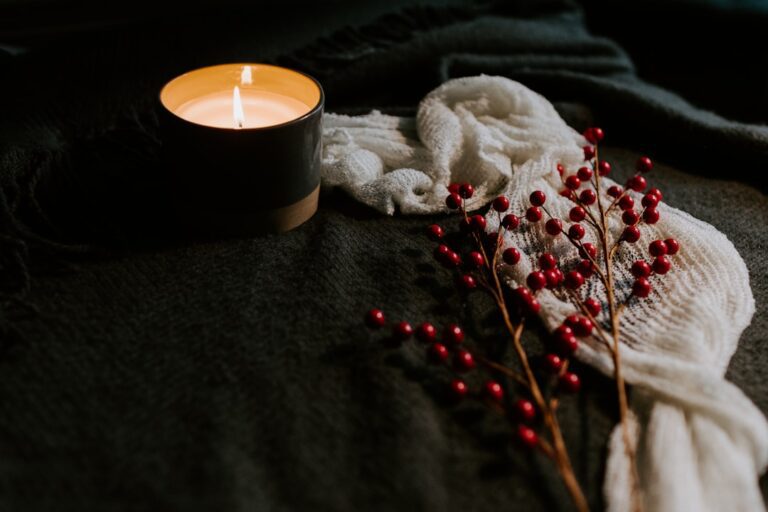How vintage-inspired designs are making a comeback in candle packaging.
In recent years, there has been a notable resurgence of vintage-inspired designs across various industries, and the candle market is no exception. This revival is characterized by a growing appreciation for aesthetics that evoke a sense of nostalgia, drawing inspiration from the past to create products that resonate with contemporary consumers. Vintage designs often feature intricate patterns, muted color palettes, and classic typography, which together create an inviting and warm atmosphere.
This trend is not merely a fleeting fad; it reflects a deeper cultural shift towards valuing authenticity and craftsmanship in an age dominated by mass production and digital experiences. The appeal of vintage-inspired designs lies in their ability to tell a story. Each piece can evoke memories of simpler times, connecting consumers to their personal histories or shared cultural experiences.
For instance, candle brands are increasingly adopting retro packaging styles reminiscent of the 1920s or 1970s, complete with ornate labels and glass containers that harken back to a bygone era. This not only enhances the aesthetic value of the product but also creates an emotional connection with the consumer, making the act of purchasing a candle feel more meaningful. As people seek to curate their living spaces with items that reflect their identities, vintage-inspired designs offer a unique way to express individuality while celebrating the charm of the past.
Nostalgia and Sentimentality in Candle Packaging
Nostalgia plays a pivotal role in shaping consumer behavior, particularly in the realm of candle packaging. The sensory experience associated with candles—sight, smell, and touch—can evoke powerful memories and emotions. When consumers encounter candle packaging that features vintage elements, it often triggers fond recollections of childhood or significant life events.
For example, a candle packaged in a mason jar with a rustic label may remind someone of family gatherings or summer evenings spent outdoors. This emotional resonance is a key driver behind the popularity of nostalgic designs in candle packaging. Moreover, sentimentality is intricately woven into the fabric of vintage-inspired candle packaging.
Brands are increasingly aware that consumers are not just purchasing a product; they are investing in an experience that connects them to cherished memories. Packaging that incorporates elements such as handwritten fonts, aged paper textures, or illustrations reminiscent of classic storybooks can enhance this emotional connection. By tapping into the collective memory of consumers, brands can create a sense of belonging and familiarity that transcends mere transactional relationships.
This approach not only fosters brand loyalty but also encourages consumers to share their experiences with others, further amplifying the impact of nostalgia in marketing strategies.
The Influence of Retro Aesthetics on Consumer Preferences
The influence of retro aesthetics on consumer preferences is profound and multifaceted. As society becomes increasingly digitized, many individuals find solace in the tactile and visual qualities of vintage-inspired products. Retro aesthetics often evoke feelings of comfort and warmth, contrasting sharply with the sleek minimalism that dominates contemporary design trends.
This shift towards embracing retro styles can be seen in various aspects of consumer behavior, from home decor to fashion, and candles are no exception. In the candle industry, retro aesthetics manifest in various ways, including color choices, materials, and design motifs. For instance, brands may opt for pastel hues reminiscent of mid-century modern design or utilize materials like ceramic and glass that were popular in earlier decades.
Additionally, patterns such as polka dots or floral prints can evoke a sense of whimsy and playfulness that appeals to consumers seeking to infuse their spaces with personality. The resurgence of retro aesthetics is not merely about replicating past styles; it is about reinterpreting them for modern sensibilities. This blending of old and new allows consumers to engage with familiar designs while still feeling contemporary and relevant.
Incorporating Classic Elements in Modern Candle Packaging
Incorporating classic elements into modern candle packaging requires a delicate balance between honoring traditional design principles and embracing contemporary trends. One effective approach is to utilize timeless materials such as glass or metal for containers while infusing them with modern colors or finishes. For example, a sleek glass jar with a vintage-inspired label can create an eye-catching contrast that appeals to both nostalgia and modern aesthetics.
This fusion allows brands to cater to diverse consumer preferences while maintaining a cohesive identity. Another way to integrate classic elements is through typography. Vintage fonts can evoke a sense of history and authenticity, while modern sans-serif fonts can provide clarity and readability.
By combining these two styles, brands can create packaging that feels both nostalgic and fresh. Additionally, incorporating classic design motifs—such as art deco patterns or Victorian illustrations—into modern layouts can further enhance the visual appeal of candle packaging. This thoughtful integration not only pays homage to the past but also positions the product as relevant in today’s market.
The Appeal of Timeless and Elegant Designs
Timeless and elegant designs hold a unique allure for consumers seeking sophistication in their purchases. In the candle industry, this appeal is often manifested through minimalist packaging that emphasizes quality over quantity. Brands that prioritize elegance tend to focus on clean lines, muted color palettes, and high-quality materials that convey a sense of luxury.
This approach resonates with consumers who appreciate understated beauty and are willing to invest in products that reflect their refined tastes. Moreover, timeless designs often transcend trends, allowing brands to maintain relevance over time. While fads may come and go, elegant packaging can endure, creating lasting impressions on consumers.
For instance, a candle presented in a beautifully crafted box adorned with subtle embossing can elevate the unboxing experience, making it feel special and memorable. This attention to detail not only enhances the perceived value of the product but also encourages repeat purchases as consumers associate the brand with quality and sophistication.
Embracing Vintage-Inspired Trends in Candle Packaging
Understanding the Vintage-Inspired Trend
Embracing vintage-inspired trends in candle packaging is more than just a matter of aesthetics; it requires a deep understanding of consumer desires and market dynamics. Brands must be attuned to the cultural zeitgeist that drives interest in nostalgia and vintage aesthetics. By conducting thorough market research and engaging with consumers through social media platforms, brands can gain insights into what resonates with their target audience.
The Power of Storytelling in Vintage-Inspired Packaging
One effective strategy for embracing vintage-inspired trends is through storytelling. Brands can weave narratives around their products that highlight their heritage or inspiration drawn from specific historical periods. For example, a candle line inspired by 1950s Americana could feature packaging adorned with retro diner motifs or classic car illustrations.
Creating Emotional Connections with Consumers
By creating a compelling story around the product, brands can foster emotional connections with consumers who appreciate authenticity and craftsmanship. This approach not only sets the brand apart from competitors but also creates a lasting impression on consumers who value unique and meaningful experiences.
Balancing Tradition and Innovation in Candle Packaging
Striking a balance between tradition and innovation is crucial for brands looking to thrive in the competitive candle market. While vintage-inspired designs tap into nostalgia, it is essential for brands to remain relevant by incorporating innovative elements that appeal to modern sensibilities. This could involve experimenting with sustainable materials or incorporating technology into packaging design.
For instance, some brands are exploring eco-friendly packaging options that align with contemporary consumer values regarding sustainability. By using recycled materials or biodegradable options while maintaining vintage aesthetics, brands can appeal to environmentally conscious consumers without sacrificing style. Additionally, integrating smart technology—such as QR codes on packaging that link to scent profiles or usage tips—can enhance the consumer experience while keeping the brand at the forefront of innovation.
The Future of Vintage-Inspired Designs in the Candle Industry
The future of vintage-inspired designs in the candle industry appears promising as consumer preferences continue to evolve towards authenticity and emotional connection. As more individuals seek products that resonate with their personal stories and values, brands that successfully incorporate vintage elements into their offerings will likely thrive. The challenge lies in maintaining relevance while honoring tradition; brands must remain agile and responsive to changing market dynamics.
Furthermore, as sustainability becomes an increasingly important consideration for consumers, integrating eco-friendly practices into vintage-inspired designs will be essential for long-term success. Brands that can effectively marry nostalgia with innovation will not only capture consumer interest but also foster loyalty among those who appreciate both heritage and forward-thinking practices. Ultimately, the candle industry stands at an exciting crossroads where vintage-inspired designs can flourish alongside modern sensibilities, creating a rich tapestry of offerings that cater to diverse consumer desires.
Vintage-inspired designs are not only making a comeback in candle packaging but also in the crafting world as a whole. Crafters are finding inspiration from the past and incorporating it into their projects. One such project that has gained popularity is making DIY crayon candles, which can be a fun and creative activity for kids. For those interested in learning more about the candlemaking process, from tallow to paraffin, there is a helpful article on Crafters Buzz that provides valuable information.
FAQs
What are vintage-inspired designs in candle packaging?
Vintage-inspired designs in candle packaging refer to designs that are reminiscent of styles from past eras, such as the Victorian, Art Deco, or Mid-Century periods. These designs often incorporate elements such as ornate patterns, retro typography, and nostalgic imagery to evoke a sense of nostalgia and timelessness.
Why are vintage-inspired designs making a comeback in candle packaging?
Vintage-inspired designs are making a comeback in candle packaging due to the growing consumer interest in nostalgia and retro aesthetics. These designs evoke a sense of warmth, charm, and authenticity, which can resonate with consumers seeking a break from the modern, minimalist trends that have dominated the market in recent years.
What are the key elements of vintage-inspired designs in candle packaging?
Key elements of vintage-inspired designs in candle packaging include intricate patterns, vintage typography, aged or distressed textures, retro color palettes, and nostalgic imagery such as botanical illustrations, vintage advertisements, or old-fashioned motifs. These elements are used to create a sense of history and storytelling in the packaging.
How do vintage-inspired designs in candle packaging appeal to consumers?
Vintage-inspired designs in candle packaging appeal to consumers by tapping into their emotional connection to the past and their desire for authenticity and craftsmanship. These designs can evoke feelings of nostalgia, comfort, and familiarity, creating a sense of connection and resonance with the consumer. Additionally, vintage-inspired designs can stand out on the shelf and attract attention with their unique and distinctive aesthetic.
